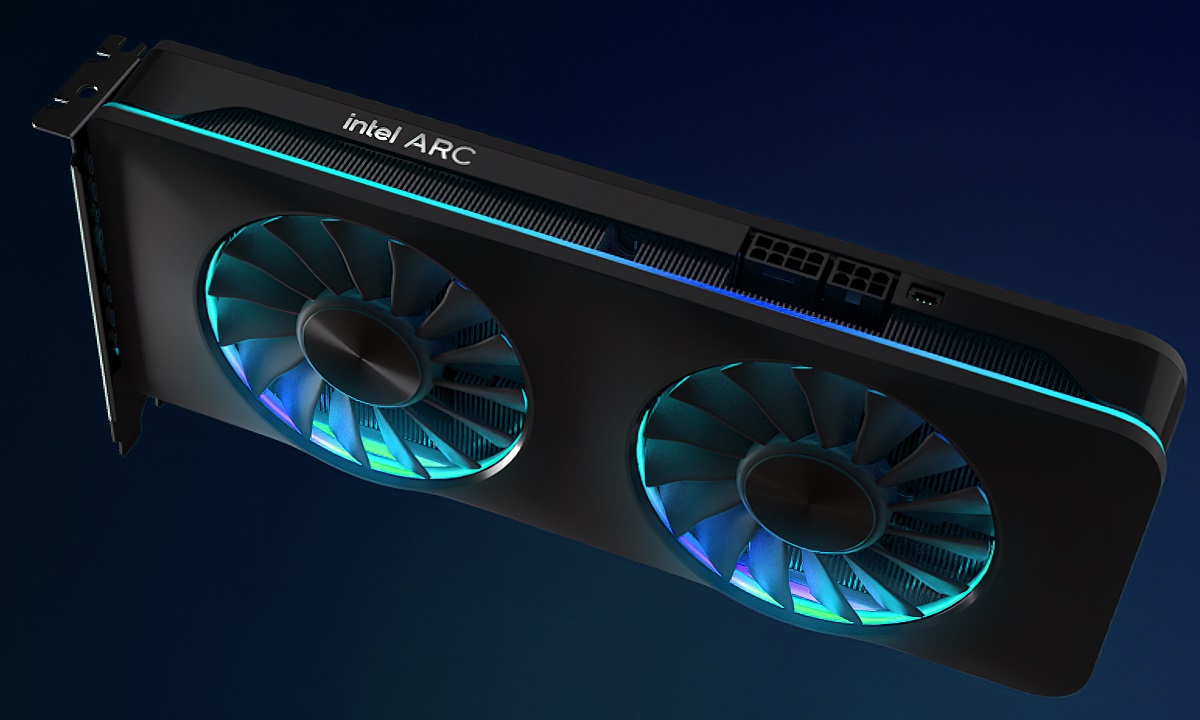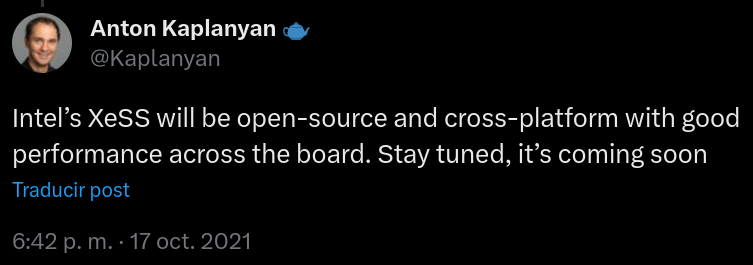Intel recently released XeSS 1.2, the latest version of its upscaling technology that competes with NVIDIA’s DLSS and AMD Radeon’s FSR. Compared to its competitors, and while FSR 3 won’t see the light of day, XeSS stands out by combining the approaches of its rivals a bit, as it relies on specialized hardware and artificial intelligence to work on an Intel dedicated graphics card. DP4a instructions when implemented on NVIDIA and AMD GPUs.
To be more specific, Intel released version 1.2.0 of the XeSS SDK, which excels in maintaining backward compatibility with versions 1.0 and 1.1 and introduces support for dynamic resolution scaling, a new combined library. libxess.dll which can be redistributed with the application and typical bug fixes and performance improvements.
Despite the fact that it is possible to find compressed source code files in the release announcement published in the XeSS repository on GitHub, the reality is that Intel is still not living up to the expectations of its upscaling technology being open source.

According to Phoronix, despite the fact that there are some sample and header files, the core technology consists of a set of binary files in Windows DLL format. This means that none of the XeSS custom libraries have had their source code released at this time, so Intel’s upscaling technology cannot yet be considered open source.
To add insult to injury, you have vendor lock on Linux, so it’s time to hide the vendor identifier in ANV, the Vulkan driver, to use XeSS in titles like Cyberpunk 2077 and Hogwarts Legacy on a wildebeest and penguin OS. Vendor identifier hiding is implemented by Intel itself at the ANV source code level.

Apart from the XeSS technology, Intel originally referred to it as open source, which it really isn’t at this point, although some parts of it have been released. Anton Kaplanyan, vice president of graphics research at Intel, announced via his account Twitter or X that XeSS will be open source in the future and that it will offer cross-platform support with good performance.
It remains to be seen if Intel will finally live up to the expectations it created years ago because publishing XeSS as true open source could encourage its adoption from developers of all kinds of solutions, including emulators. In fact, that’s exactly what happened with FSR when AMD decided to make its code public, so the red giant is expected to continue to keep its word with the third version of its upscaling technology.















